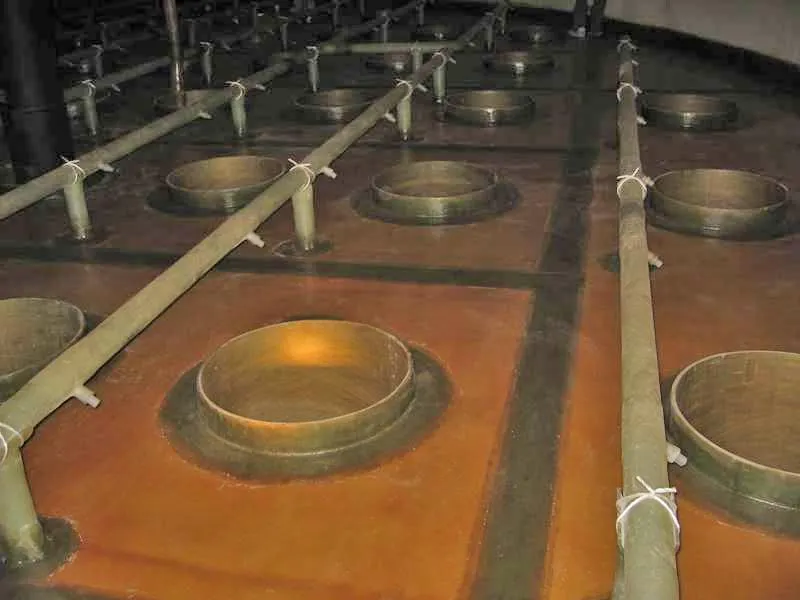
-
 Afrikaans
Afrikaans -
 Albanian
Albanian -
 Amharic
Amharic -
 Arabic
Arabic -
 Armenian
Armenian -
 Azerbaijani
Azerbaijani -
 Basque
Basque -
 Belarusian
Belarusian -
 Bengali
Bengali -
 Bosnian
Bosnian -
 Bulgarian
Bulgarian -
 Catalan
Catalan -
 Cebuano
Cebuano -
 China
China -
 China (Taiwan)
China (Taiwan) -
 Corsican
Corsican -
 Croatian
Croatian -
 Czech
Czech -
 Danish
Danish -
 Dutch
Dutch -
 English
English -
 Esperanto
Esperanto -
 Estonian
Estonian -
 Finnish
Finnish -
 French
French -
 Frisian
Frisian -
 Galician
Galician -
 Georgian
Georgian -
 German
German -
 Greek
Greek -
 Gujarati
Gujarati -
 Haitian Creole
Haitian Creole -
 hausa
hausa -
 hawaiian
hawaiian -
 Hebrew
Hebrew -
 Hindi
Hindi -
 Miao
Miao -
 Hungarian
Hungarian -
 Icelandic
Icelandic -
 igbo
igbo -
 Indonesian
Indonesian -
 irish
irish -
 Italian
Italian -
 Japanese
Japanese -
 Javanese
Javanese -
 Kannada
Kannada -
 kazakh
kazakh -
 Khmer
Khmer -
 Rwandese
Rwandese -
 Korean
Korean -
 Kurdish
Kurdish -
 Kyrgyz
Kyrgyz -
 Lao
Lao -
 Latin
Latin -
 Latvian
Latvian -
 Lithuanian
Lithuanian -
 Luxembourgish
Luxembourgish -
 Macedonian
Macedonian -
 Malgashi
Malgashi -
 Malay
Malay -
 Malayalam
Malayalam -
 Maltese
Maltese -
 Maori
Maori -
 Marathi
Marathi -
 Mongolian
Mongolian -
 Myanmar
Myanmar -
 Nepali
Nepali -
 Norwegian
Norwegian -
 Norwegian
Norwegian -
 Occitan
Occitan -
 Pashto
Pashto -
 Persian
Persian -
 Polish
Polish -
 Portuguese
Portuguese -
 Punjabi
Punjabi -
 Romanian
Romanian -
 Russian
Russian -
 Samoan
Samoan -
 Scottish Gaelic
Scottish Gaelic -
 Serbian
Serbian -
 Sesotho
Sesotho -
 Shona
Shona -
 Sindhi
Sindhi -
 Sinhala
Sinhala -
 Slovak
Slovak -
 Slovenian
Slovenian -
 Somali
Somali -
 Spanish
Spanish -
 Sundanese
Sundanese -
 Swahili
Swahili -
 Swedish
Swedish -
 Tagalog
Tagalog -
 Tajik
Tajik -
 Tamil
Tamil -
 Tatar
Tatar -
 Telugu
Telugu -
 Thai
Thai -
 Turkish
Turkish -
 Turkmen
Turkmen -
 Ukrainian
Ukrainian -
 Urdu
Urdu -
 Uighur
Uighur -
 Uzbek
Uzbek -
 Vietnamese
Vietnamese -
 Welsh
Welsh -
 Bantu
Bantu -
 Yiddish
Yiddish -
 Yoruba
Yoruba -
 Zulu
Zulu
pultruded fiberglass grating
Understanding Pultruded Fiberglass Grating Advantages and Applications
Pultruded fiberglass grating is a composite material that has gained significant traction in various industrial applications due to its unique properties and benefits. Made by pulling a mixture of fiberglass and resin through a heated die, this material offers superior strength-to-weight ratios and corrosion resistance, making it an ideal choice for environments where traditional materials may fail.
One of the primary advantages of pultruded fiberglass grating is its exceptional corrosion resistance. Unlike traditional steel or aluminum grating, fiberglass does not corrode when exposed to harsh chemicals, saltwater, or other corrosive environments. This property makes it particularly suitable for industries such as chemical processing, water treatment, and marine applications, where exposure to corrosive substances is a daily challenge. This resilience not only prolongs the life of the grating but also reduces maintenance costs, providing a significant economic advantage over time.
Another compelling benefit of pultruded fiberglass grating is its lightweight nature. This characteristic simplifies handling and installation processes. Fiberglass grating is approximately one-fourth the weight of steel grating, which allows for easier transportation and installation, reducing labor costs. Furthermore, the lightweight feature does not compromise strength; fiberglass grating can support heavy loads, making it a reliable choice for industrial flooring and walkways.
Safety is a critical aspect in industrial settings, and pultruded fiberglass grating excels in this regard as well. The surface of the grating can be designed with a non-slip finish, enhancing traction and reducing the risk of slips and falls. This quality is especially important in environments where liquids may spill, making traditional materials less safe. Additionally, fiberglass grating is non-conductive, providing an added layer of safety in electrical applications.
pultruded fiberglass grating

The versatility of pultruded fiberglass grating allows it to be tailored for specific applications. It is available in various colors, sizes, and configurations, making it suitable for a wide range of environments. Whether for platforms, stair treads, or trenches, fiberglass grating can be customized to meet the unique needs of any project. This flexibility is further enhanced by the ability to fabricate grating in different thicknesses and load ratings, accommodating both light and heavy-duty applications.
In terms of environmental impact, pultruded fiberglass grating presents a more sustainable option compared to traditional materials. The production process involves less energy consumption, and the longevity of fiberglass materials contributes to reducing waste over time. Additionally, many manufacturers are now adopting eco-friendly resins, promoting a more sustainable approach to composite material production.
The applications of pultruded fiberglass grating are vast and varied. From industrial facilities and commercial buildings to wastewater treatment plants and offshore oil rigs, fiberglass grating has proven to be an effective solution for challenging environments. Its resistance to chemical exposure, combined with its lightweight and customizable nature, makes it an attractive option for structural applications in diverse fields.
In conclusion, pultruded fiberglass grating offers a multitude of benefits that cater to the needs of modern industries. Its unrivaled corrosion resistance, lightweight properties, safety features, versatility, and sustainability make it a superior choice compared to traditional grating materials. As industries continue to seek cost-effective and resilient solutions, pultruded fiberglass grating stands out as a reliable and innovative option poised to meet the demands of the future. Whether enhancing safety on industrial sites or providing durable flooring solutions in harsh environments, the advantages of pultruded fiberglass grating cannot be overlooked.









